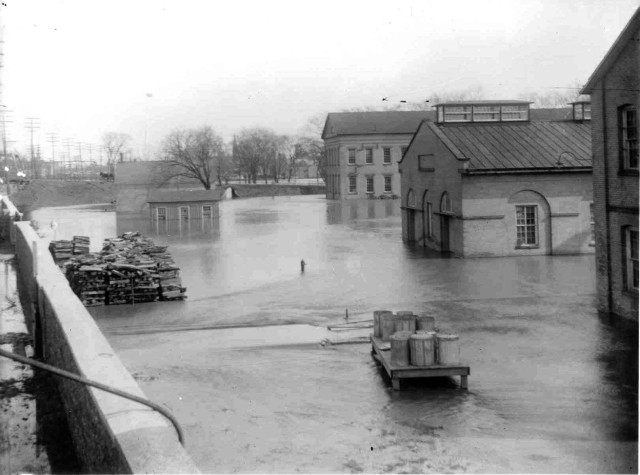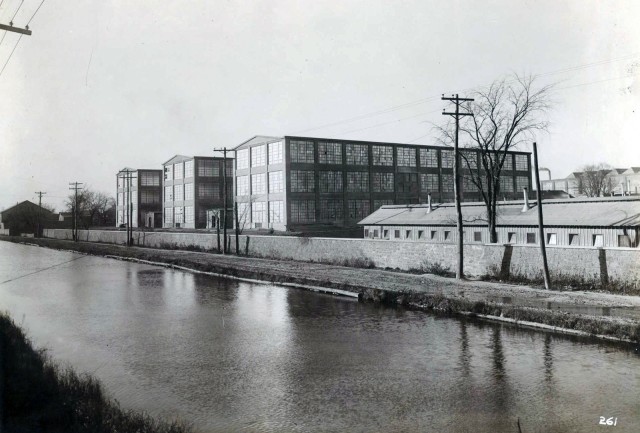WATERVLIET ARSENAL, N.Y. -- Located near the confluences of the Hudson and Mohawk Rivers, Watervliet Arsenal is one of America's longest surviving businesses from the early days of the Industrial Revolution. Built during a time when Americans crafted things by hand, from housing to silverware, the Arsenal's future was unclear until technology helped define its destiny.
By the time the War of 1812 ended, the future use of the Watervliet Arsenal was put immediately into question. The cost of waging war against Britain was costly and America had fallen into a great recession.
During the great Panic of 1819, the American economy was in shambles. Bank failures, personal foreclosures, and wide-scale unemployment permeated the fabric of our being, from Boston to the Great Lakes. The Arsenal was not shielded from this environment.
By 1821, Arsenal Commander Maj. James Dalliba was fearful the Arsenal would get caught up in this economic turmoil as rumors of post closure were running rampant. In fact, Congress had allotted very little funds to the Arsenal for maintenance and when Dalliba had planted a few shade trees, he was chastised by the Army Finance Department for the expenditure.
But in 1825, a technological marvel of the time was about to revolutionize commerce and trade in America. The construction of the Erie Canal began in 1817 and was completed in 1825. The canal connected, via a waterway, the Hudson River and the Great Lakes.
Prior to the construction of the Erie Canal, transportation of goods to westward territories in such places as Ohio, Michigan, and Illinois was not only unreliable, it was expensive. Moving cargo from New York City to the Great Lakes cost about $100 a ton and took two weeks by road now could be moved for $10 a ton in three and a half days.
Permission was given to dig the Canal through the Arsenal as long as the Arsenal could use the canal water to power some of the machines and that New York State would build and maintain fences on both sides of the Canal.
The Canal was dug on the west side of where Building 40 stands today and it paralleled the Hudson River as it cut through the Arsenal.
By 1830, the Arsenal was using the Erie Canal more extensively and thereby, replaced many of the horses that were often temperamental and costly to maintain. For the next 50 years, the Arsenal relied heavily on the Canal for power.
The use of technology, in this case the Erie Canal, not only made the Arsenal a more viable and cost-effective manufacturer of military hardware, but also provided the Arsenal leadership with more leverage with New York State and the Federal Government for continued funding.
Nevertheless, technology only last for so long before it becomes obsolete, and that was true with the Erie Canal. After nearly 100 years of adding value to Arsenal manufacturing, the Canal was abandoned in 1922 and not completely filled until 1939.




Social Sharing